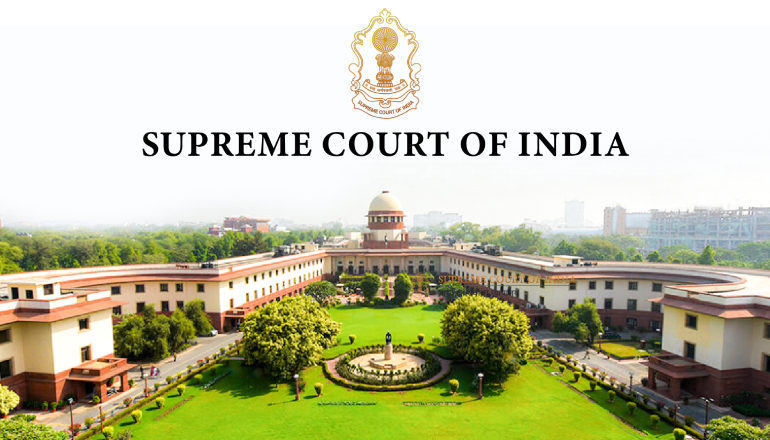The Union Cabinet, chaired by Prime Minister Narendra Modi, has approved the rationalization of royalty rates for four strategically important critical minerals: graphite, caesium, rubidium, and zirconium.
The move is a significant step aimed at promoting the auction of mineral blocks and increasing the domestic production of materials essential for high-tech and green energy applications.
New ad valorem royalty structure:
The Cabinet’s decision establishes new or revised royalty rates based on an ad valorem system, calculated on the average sale price (ASP) of the metal contained in the ore. This shift, particularly for graphite, is designed to better reflect market price variations across different grades.
Caesium and Rubidium: Both minerals will now attract a 2% royalty based on the ASP of the respective metal.
Zirconium: The new royalty rate has been fixed at 1% of the ASP.
Graphite: The previous fixed rate has been replaced. High-grade graphite (80% or more fixed carbon) will incur a 2% royalty, while lower grades (less than 80% fixed carbon) will be charged 4% on an ad valorem basis.
Boosting domestic supply and green tech:
The new royalty structure is expected to unlock significant potential in the country’s mineral sector. It will encourage the auction of mineral blocks containing caesium, rubidium, and zirconium, which are often associated with other critical elements like lithium, tungsten, rare earth elements, and niobium.
The rationalization is directly intended to address India’s import dependence, particularly for minerals crucial to the green economy. Graphite, a key component in electric vehicle (EV) batteries, is currently imported to meet approximately 60% of the nation’s requirements. Zirconium, caesium, and rubidium are vital in industries ranging from nuclear energy and aerospace to atomic clocks and fiber optics. By stimulating domestic mining, the government aims to create jobs and secure essential raw material supply chains for its fast-growing high-tech and clean energy sectors.












